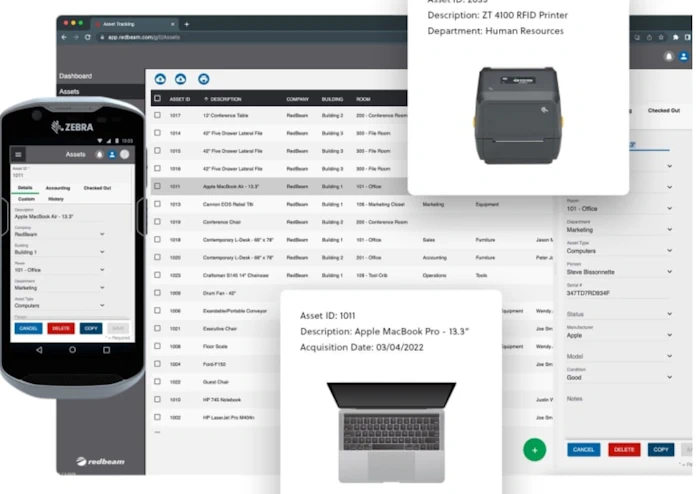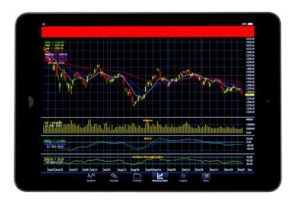Asset Tracking Systems and Streamlining Maintenance Processes
In today’s fast-paced business world, companies heavily rely on maintaining and maximizing the efficiency of their assets to stay competitive. Whether it is machinery, equipment, or vehicles, these valuable resources require monitoring to ensure performance and long-term durability. However, effectively managing a number of assets can present challenges without the proper tools in place.
Asset tracking systems have emerged as game changers when it comes to streamlining maintenance processes. By providing real-time visibility and control over assets, these systems empower businesses to enhance efficiency, cut costs, and prevent downtime. In this post, we will delve into how asset tracking systems can revolutionize maintenance procedures for any company seeking an edge.
Improved Asset Visibility

Implementing an asset tracking system offers benefits, with improved visibility being one of the advantages. By utilizing technologies like RFID (Radio Frequency Identification) tags or barcode labels, businesses can easily track their assets throughout their lifecycle. These tracking systems enable staff members to locate, identify, and monitor both the usage and condition of each asset efficiently.
This enhanced visibility empowers companies to identify which assets require maintenance or repairs effectively. Instead of relying on rounds of inspection or using unreliable spreadsheets that are prone to errors, asset tracking systems provide real-time information about the locations and status updates of assets. This data empowers maintenance teams by allowing them to proactively address issues before they become disruptive.
Optimizing Asset Utilization
Effectively managing and deploying assets is crucial for improving efficiency and reducing unnecessary expenses. Asset tracking systems help organizations achieve this by providing real-time insights into asset utilization patterns.
By analyzing data using the capabilities of an asset tracking system, businesses can identify underutilized assets that can be redeployed within the organization instead of purchasing new ones unnecessarily. This not only saves costs but also streamlines operations across multiple departments.
Planning for Preventive Maintenance
Implementing maintenance is essential for minimizing downtime and extending the lifespan of assets. Asset tracking systems assist in creating maintenance plans through automated reminders and notifications.
These systems track an asset’s usage and condition, enabling maintenance teams to establish schedules based on actual usage data rather than guesswork. By implementing such a system, assets receive servicing, inspections, and calibration, eliminating the risk of breakdowns that could result in costly repairs or replacements.
Efficient Management of Work Orders
Maintaining a workflow relies heavily on having a system for asset maintenance. Asset tracking systems offer an approach to work order management by providing a platform where all relevant information can be stored, accessed, and updated.
Through this system, managers can easily assign work orders to technicians based on their skills and availability. Technicians can conveniently access work order details directly from their devices, eliminating the need for paperwork or communication delays. This seamless process leads to quick response times and increased overall efficiency.
Theft Prevention
The financial consequences of asset loss due to theft or misplacement can be significant for any business. However, asset tracking systems play a role in preventing losses by enabling accurate inventory management.
Utilizing RFID (Radio Frequency Identification) or barcode technology, businesses can effectively track assets as they enter or exit designated areas. Any discrepancies between inventory records and the actual location of assets trigger real-time alerts, allowing companies to take action.
End Note
The implementation of asset tracking systems has revolutionized how businesses manage their resources by enhancing visibility, optimizing utilization, facilitating maintenance planning, streamlining work order management processes, and minimizing losses caused by theft or misplacement.
By incorporating these systems, businesses can have oversight of their resources while also simplifying maintenance procedures.
In the era of competition where every minute counts, harnessing technological solutions, such as asset tracking systems, becomes crucial for organizations aiming to maintain a competitive edge. Making an investment in a customized system that suits their requirements can lead to successful outcomes by cutting down expenses, boosting productivity, and improving overall efficiency.








